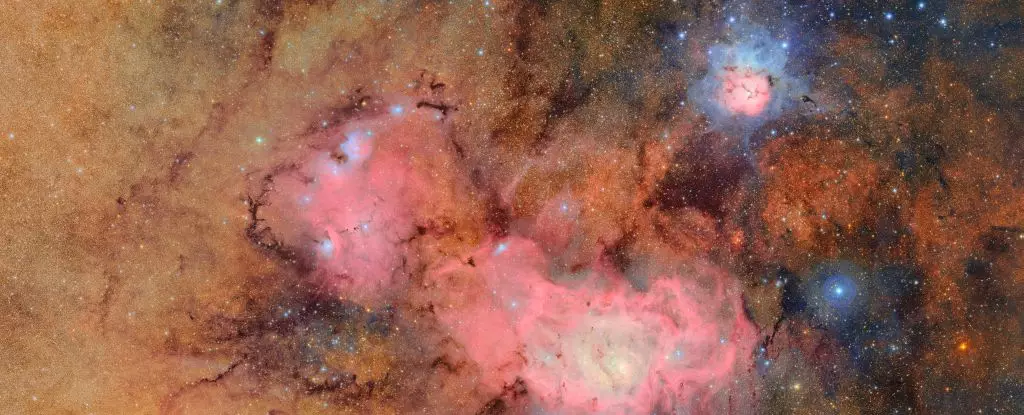The cosmos has always held a multitude of mysteries that beckon to be unraveled, and the Vera C. Rubin Observatory stands at the forefront of this quest. As the observatory prepares to share its initial stunning imagery, it promises to launch humanity into a transformative chapter of astronomical exploration. The upcoming 10-year-long Legacy Survey of Space and Time (LSST) is not just ambitious; it’s revolutionary, with its capacity to scrutinize the southern sky in unprecedented detail. The tantalizing snippets we’ve seen thus far are merely a prelude to the cosmic narratives yet to unfold.
Unprecedented Observational Power
What sets the Rubin Observatory apart from its predecessors is its colossal 3,200-megapixel camera, the largest ever constructed. This groundbreaking instrument is engineered to delve deep into the universe, capturing each section of the sky around 800 times. With such capability, it is estimated that the observatory will generate more astronomical data in a single decade than all previous optical telescopes combined. This immense wealth of information can redefine our understanding of celestial phenomena, from the birth of stars in nebulae to the movements of distant asteroids.
Cosmic Birthplaces Revealed
The initial image released showcases the mesmerizing Trifid and Lagoon nebulas, two vibrant stellar nurseries situated a few thousand light-years away in our Milky Way galaxy. These nebulae are not just beautiful; they are critical to understanding stellar evolution. The Rubin Observatory’s composite image, constructed from 678 individual observations taken over seven hours, exemplifies the observatory’s prowess to unveil intricate details of phenomena that play vital roles in the lifecycle of stars. Such insights will not only enlighten astronomers but could also hold keys to broader questions about the universe’s evolution and fate.
Bridging the Gap Between Data and Discovery
The comprehensive insights that will emerge from the LSST are expected to provoke questions and debates that have lingered in the astronomical community for decades. With a capacity to record the entire southern sky every few days, observers can appreciate not just static images but a dynamic timelapse of cosmic events. Localizing transient phenomena—like supernovae or Near-Earth Objects (NEOs)—will be feasible in a way that was previously unimaginable. As Brian Stone from the NSF rightly stated, the observatory could be the key to unlocking a more profound cosmic understanding.
A Call to the Curious
The upcoming imagery and data from the Vera C. Rubin Observatory are a clarion call for both the scientific community and the public alike. The event scheduled for June 23, 2025, is not merely a revelation of pictures; it symbolizes a new chapter in humanity’s quest for knowledge. This exciting expedition inspires a renewed interest in the sciences, urging everyone—from seasoned astronomers to intrigued laypeople—to ponder our place in the universe. As we stand on the precipice of this extraordinary endeavor, one can only imagine the breathtaking discoveries awaiting us, marking a remarkable leap in our understanding of the cosmos.

